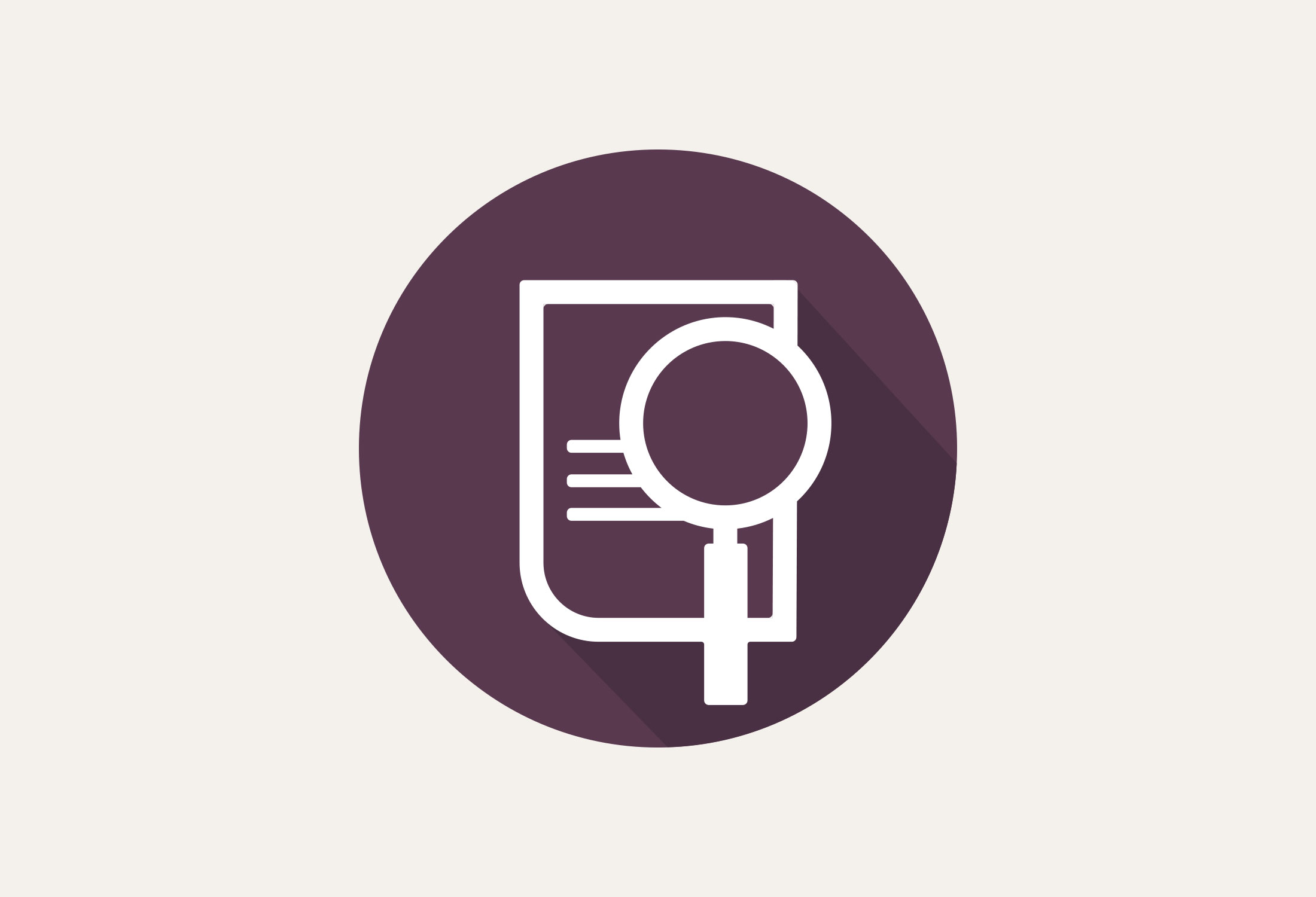
Brazil
Category
4
- 0
- 1
- 2
- 3
- 4
- 5
- 6
- 7
| Risk type | Short | Long |
|---|---|---|
| Sovereign |

|

|
| Public |

|

|
| Bank |

|

|
| Corporate |

|

|
The icons indicate EKN's risk assessment.

No policy established

Normal risk assessment

Restrictive risk assessment

Normally off cover

OECD or EU countries
EKN places Brazil in a more favorable country risk class than the OECD. However, EKN is bound by an agreement on the lowest premium level. The OECD minimum premium rate for Brazil is that indicated for country risk class 5 risk class A. For further information, please contact EKN.”
Country risk analysis
Country risk analysis archive
Country Risk Analysis of Brazil
The latest Country Risk Analysis of Brazil was issued in October 2023.
Brazil’s economy
Brazil is the world’s eighth-largest economy, with a substantial domestic market, 214 million inhabitants, and a nominal GDP in 2022 of USD 8,995 per capita. The country’s economy is diversified, consisting of an industrial sector accounting for almost 30 per cent of GDP, along with is a growing service sector and significant commodity assets.
The economy is fundamentally market-oriented, although trade barriers have historically protected domestic industry from foreign competition, which has hampered the country’s exports. However, as a share of GDP, exports have increased in recent years and accounted for 20% of GDP in 2022, compared to 14% in 2019. More than half of total exports are commodities, such as iron ore (with Brazil being the second-largest exporter in the world), soybeans, and crude oil.
China has become an increasingly important trading partner and is now the number one destination for Brazilian exports. In 2021, 31% of all exports went to China. The corresponding share for the country’s second largest export destination, the United States, was 11%.
The country’s strengths include a strong external position, with sufficient foreign exchange reserves, a flexible exchange rate, and a monetary policy with inflation targeting by an independent central bank. The domestic capital markets are well developed, reducing the need for external financing and limiting the risk of shifting market sentiment and capital flows.
The average economic growth, 0.6% per year between 2013 and 2022, has been lower than comparable emerging economies for a long time. The low growth rate can largely be attributed to the slow growth in productivity, which has been hampered by a low level of investment, limited foreign competition and high levels of state ownership in the economy. The fact that few economic reforms have been introduced in the 2010s has caused Brazil’s business and investment climate to lag behind in several aspects in comparison to other countries. Moreover, corruption remains a serious challenge in Brazil. The country is ranked 94th out of 180 In Transparency International’s Corruption Perceptions Index, and in the World Bank’s Worldwide Governance Indicators, Brazil’s ranking in fighting corruption has declined over the past 10 years.
Pending fiscal reforms
In January 2023, Lula da Silva took office as President of Brazil for the third time. As the candidate of the Workers’ Party (Partido dos trabalhadores, PT), Lula previously held the office for two terms between 2003 and 2011. The da Silva Government has identified several key priorities, such as fighting hunger and inequality, along with making Brazil a leader in the green transition. Proposed concrete measures include plans to modernise the Bolsa Familia welfare programme, increase investments in public health, and increase public sector wages and pensions.
An expansionary fiscal policy is expected going forward, putting additional pressures on an already high level of public debt. Brazil’s public debt amounts to nearly 90 per cent of the country’s GDP. On top of this, interest costs are significant and are expected to increase in the coming years.
In order to ensure fiscal stability, the Government has proposed two reforms. Firstly, it has introduced a new fiscal framework aimed at stabilising public finances and ensuring medium and long-term debt sustainability. This framework will limit the increase in the federal government’s primary expenditures to 70 per cent of the previous year’s revenue growth. Secondly, the government has made progress on a comprehensive tax reform with the intention to simplify its complex tax system. By merging different tax components and introducing an integrated value added tax (VAT), the reform aims to increase efficiencies, reduce tax competition between different parts of the country, and strengthen the government’s revenue base.
Fiscal risks are mitigated by a favourable composition of government debt with only a small share in foreign currency, which reduces currency fluctuation risks. In addition, Brazil has a robust financial system with significant foreign exchange reserves and a flexible exchange-rate system, which increases the country’s resilience to external economic shocks. In contrast to the domestic public finances, the external position is favourable, with limited current account deficits that are covered by foreign direct investment and a manageable foreign debt.
GDP growth is expected to be moderate in the coming years. Thanks to strong agricultural exports, growth reached 2.9% in 2022, which was higher than expected. However, the growth rate is expected to decline in 2023 and then after that to improve slightly to reach the potential growth rate of around 2% in the medium-term. The Brazilian central bank has pursued a tight monetary policy and the repo rate is currently at 13.75 per cent. With a continued restrictive monetary policy, inflation is expected to converge to the 3% target by mid-2025.
Business environment
Access to financial information is generally good in Brazil. Open account transactions for imports are common and EKN’s overall experience has been favourable. The use of letters of credit in export transactions has traditionally been very low. Private ownership rights are respected and well-defined. The regulatory environment is regarded as being relatively favourable, as decisions by public authorities are guided by technical and/or economic aspects rather than political ones.
The tax system, which is both difficult to understand and complex, is an inhibiting factor for trade and industry, as is the inadequate infrastructure, which often leads to bottlenecks in supply chains and contributes to inflationary trends. The complicated legal system also leads to potentially drawn-out and costly legal proceedings. This puts the country relatively far down the list in the World Bank’s Ease of Doing Business index rankings: no. 124 of 190 countries. The Brazilian currency is floating, convertible and transferable, which enables EKN to consider local currency-financed transactions.
The Brazilian banking system can generally be said to be resilient. The banking sector is well-capitalised, profitable and solvent, and has proven to be able to withstand short-term stresses. For example, the sector remained stable throughout the coronavirus pandemic, which illustrates its resilience. The share of non-performing loans in the banking system was 2.6% of total lending volume (at the end of 2022), which though slightly higher than in the previous year (2.1%) remains close to the long-term average of roughly 3%.
The five largest banks account for approximately 70 per cent of the total assets in the banking system. The federal government plays a central role in the sector, e.g. via ownership of the country’s largest bank (Banco do Brasil), as well as Caixa Economica Federal and several development banks (BNDES and others). Combined, the state-owned banks account for around 35 per cent of total assets in the sector.
Foreign ownership is more limited and amounts to approximately 15 per cent of the assets, primarily via the ownership of Banco Santander. State-owned banks have historically been able to offer subsidised loans to politically prioritised sectors, which has adversely affected competition and led to inefficient capital allocation. Uncertainties regarding land rights issues, division of responsibilities at the public authority level regarding environmental permits, and a deteriorating situation for human rights defenders complicate assessments of environmental and social risk.
EKN's policy
There are no particular restrictions on transactions concerning transactions with the government, commercial banks or the private sector, which means that all transactions are assessed on the basis of their own merit, with no special requirements or preconditions. As regards transactions with public sector buyers, EKN requires a government or central bank guarantee in order to offer risk hedging.
EKN's commitment and experience
EKN’s outstanding guarantees amount to some SEK 56 billion, consisting primarily of an export transaction related to the JAS Gripen. The remaining exposure is split between a number of sectors dominated by the paper and pulp industry. Overall, payment experiences are good, but claims paid in transactions linked to public sector buyers have occurred. There are arrears in payment of approximately SEK 1 million in three transactions, where the maximum guarantee exposure is a minor amount.
Outstanding claims amount to SEK 99 million and are attributable to commercial indemnifications issued between the years 2002 and 2018 in some 30 transactions.
More for companies that want to export to Brazil

EKN's guarantees
Our guarantees offer numerous benefits, covering companies against non-payment risks and banks against operational and investment risks. Which guarantee suits you?
EKN's guarantees
Guarantee guide
With the help of the guarantee guide, you will find the right guarantee, regardless of whether you are an exporter, subcontractor or bank.
Guarantee guide